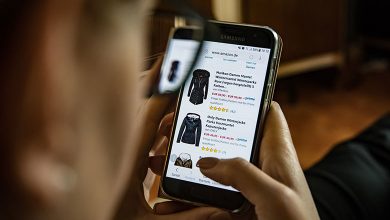
If you are wondering why Apple has not yet launched a 5G iPhone while others are going ballistic over launching 5G-ready or 5G-enabled handsets, there is a solid reason behind the reluctance to embrace the technology.
Huawei, Samsung, OnePlus, Oppo and LG have all showcased 5G phones. Sony is also working on one such device.
While the world is going gaga over 5G smartphones, Apple has kept silent over when it is planning to bring the technology to its iPhones.
Apple in July announced the acquisition of chip-maker Intel’s smartphone modem business for $1 billion, and according to Intel CEO Bob Swan, the agreement “enables us to focus on developing technology for the 5G network while retaining critical intellectual property and modem technology that our team has created.”
Intel has been working on a chipset for the iPhone maker, with the chip expected to be part of iPhones by 2020.
According to industry analysts, 5G technology today for smartphones is not complete.
“Apple doesn’t use new technology until it meets their standards. Today’s 5G uses too much battery and is too network specific, plus coverage will be pretty limited to specific areas or cities through next year,” Frank Gillett, Vice President and Principal Analyst, Forrester, told IANS.
Apple has always been late to adopt any leading technology into its offerings if it is not developed in-house.
“However, with 5G adoption there were additional reasons. The complexity associated with integrating 5G from the RF Front End perspective is very high and Apple’s failed attempt to do that with Intel modems with its spat with Qualcomm until April set back Apple at least by 12-14 months to integrate the 5G capability compared to rivals,” elaborated Neil Shah, Research Director at Counterpoint Research,
Apple technically missed the boat to soft launch at least one 5G iPhone model in the October 2019- September 2020 financial year.
“For Apple’s global stock Keeping unit (SKU) strategy makes it all the more difficult as initial 5G deployment would require multiple SKUs for different regions depending upon the spectrum characteristics like mmWave (millimeter wave) in the US and sub-6GHz in Europe or Korea,” Shah told IANS.
5G is still in its infancy, with global roll-outs at various stages.
“The current breed of consumers who will be inclined to buy 5G handsets are early technology adopters. Apple’s philosophy as a platform company has always been to innovate once a technology has shown some maturity,” noted Prabhu Ram, Head-Industry Intelligence Group (IIG), CyberMedia Research (CMR).
Additionally, it is important to note that Apple suffered setbacks in its 5G implementation timeline, thanks in part, due to its failed attempt with Intel modems.
“Further, the prolonged battle with Qualcomm until April this year, set back Apple by at least by 12-14 months, in comparison to the competition,” Ram told IANS.
In all probability, 5G will go mainstream by mid to late 2020, just in time for the next wave of Apple iPhones, with Apple potentially seeking to release an early 5G phone ahead of its traditional September special event.
In all probability, Apple is likely to launch top-of-the-line 5G iPhones next year.















